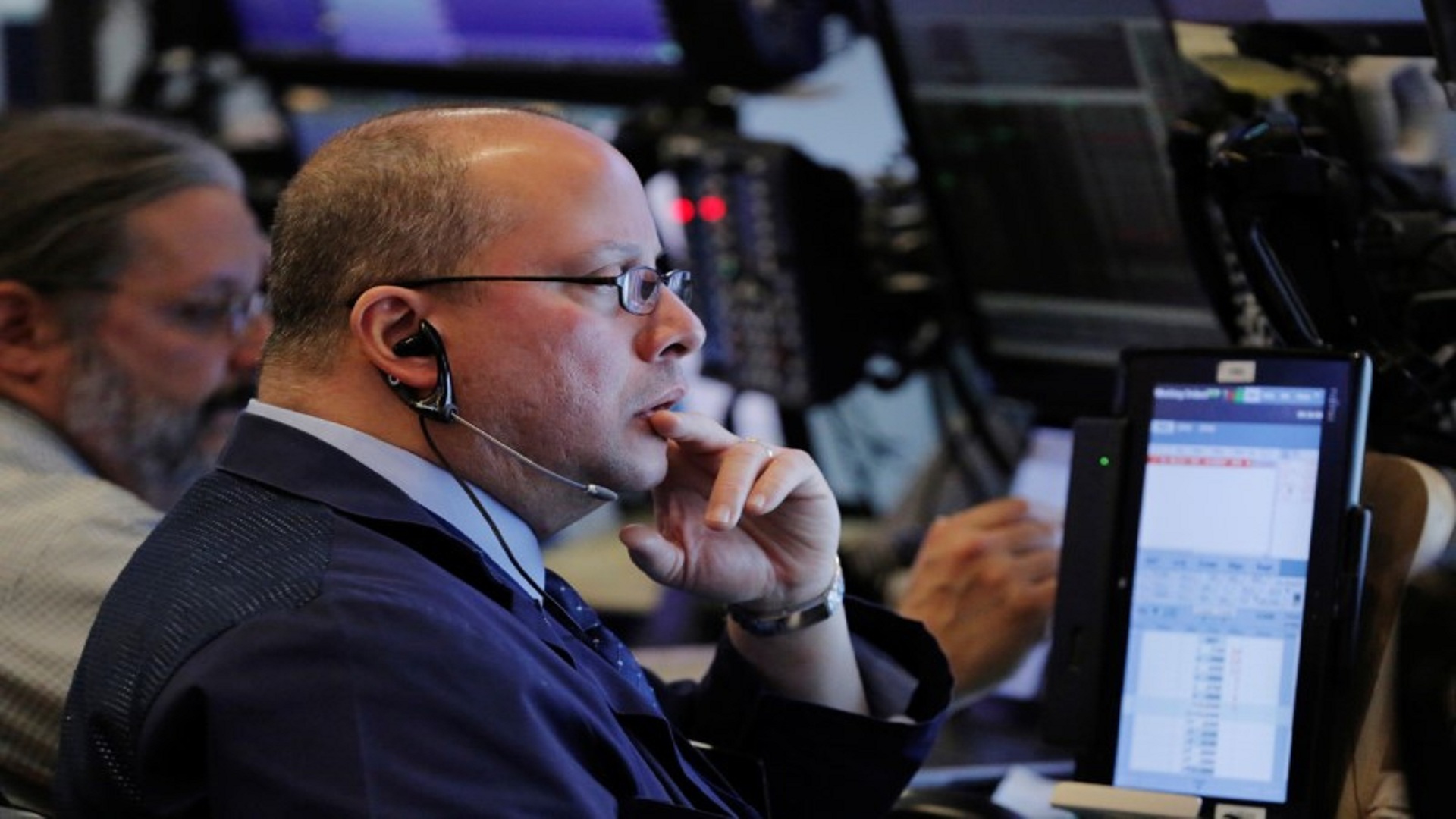Image: Traders work on the floor of the New York Stock Exchange (NYSE) shortly after the opening bell in New York, U.S., March 21, 2017. REUTERS/Lucas Jackson
By Rodrigo Campos
NEW YORK (Reuters) – The steepest pullback in stocks since the U.S. presidential election reveals investor angst about President Donald Trump’s ability to push through major reforms, leaving stocks vulnerable to a long-anticipated correction.
The S&P 500, in its second longest bull market ever, has risen close to 10 percent since the Nov. 8 election on optimism about Trump’s pro-growth agenda. With valuations at their highest in over a decade, investors have been expecting a pullback even if its catalysts haven’t been clear.
Trump, looking to score the first major political win of his presidency, on Tuesday warned Republican lawmakers that if a healthcare bill he backs fails to pass, it would cause “political problems.” Stocks fell alongside the U.S. dollar, while Treasuries and gold rallied.
“It’s like the Trump agenda getting kind of slapped in the face,” said Peter Tuz, president of Chase Investment Counsel in Charlottesville, Virginia.
Investors saw the health bill vote, expected on Thursday, as testing optimism that the Trump administration and Republican leaders will implement tax cuts, deregulation and infrastructure spending expected to boost economic growth.
The muddled view on the healthcare bill “carries over to what will happen with the infrastructure plan and the tax reform plan and the reduced regulation plan,” Tuz said.
Adding to the angst, FBI Director James Comey on Monday confirmed that the bureau is investigating possible ties between Trump’s presidential campaign and Russia as Moscow sought to influence the 2016 U.S. election. The investigation, he said, could last for months.
Comey’s testimony “pointed to the fact that there could be a lot of drawn-out political infighting that could delay some of the pro-business ideas from being passed,” said Rick Meckler, president of LibertyView Capital Management in Jersey City, New Jersey.
He said he doesn’t expect to see a correction unless the S&P 500, currently down about 2 percent from the record high set March 1, retreats another 1.5 to 2 percent in the next few days.
“That would cause investors to maybe take a pause in what has been a buy-the-dip mentality since the election,” Meckler said.
The S&P forward price to earnings ratio has jumped to above 18 from 16.6 on Election Day, making U.S. equities the most expensive level since 2004. At the same time, the index’s dividend yield sits just above 2 percent, losing some of its allure against the 10-year Treasury note.
SKITTISH INVESTORS
The S&P 500 has not posted a daily decline of more than 1 percent since Oct. 11. Tuesday’s move in stocks underscores trends in other markets already pricing in a risk that the Trump administration’s plans could be delayed.
The Mexican peso, which weakened during the presidential campaign with rising prospects of a Trump win, traded last week at its strongest versus the dollar since the November election. It had hit a historic low in mid-January.
The yen, up against the dollar for a sixth straight session, was on track to close below 112 per $1 for the first time since Feb. 8.
Junk bond investors also pounced earlier this month. The spread between the Bank of America Merrill Lynch U.S. High Yield index and benchmark Treasuries bottomed on March 1 and has since widened by about 40 basis points.
Ten-year Treasury yields fell below 2.43 percent Tuesday, the lowest in about three weeks, partly reflecting traders scaling back their view on the domestic economy in the absence of any fiscal stimulus this year.
“Republicans should have prioritized tax reform ahead of health care reform,” said Brian Jacobsen, chief portfolio strategist at Wells Fargo Funds Management in Menomonee Falls, Wisconsin.
“They’re coming across as a motley crew rather than a party that can get things done.”
(Additional reporting by Richard Leong, Lewis Krauskopf, Caroline Valetkevitch and Chuck Mikolajczak; Editing by Nick Zieminski)
Copyright 2017 Thomson Reuters. Click for Restrictions.


